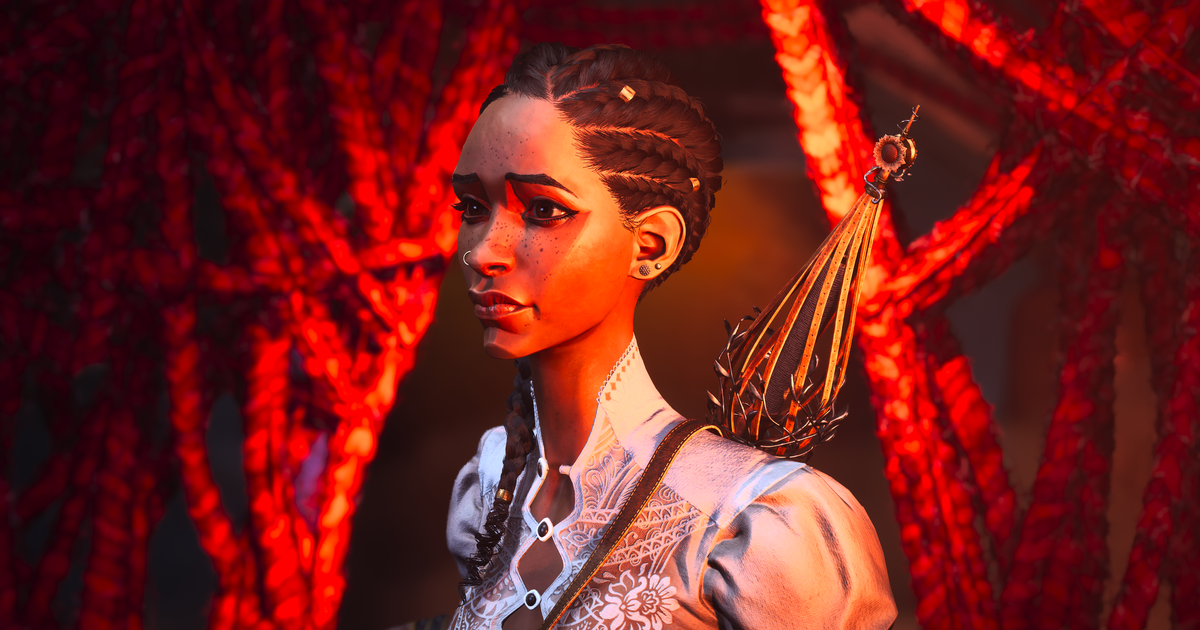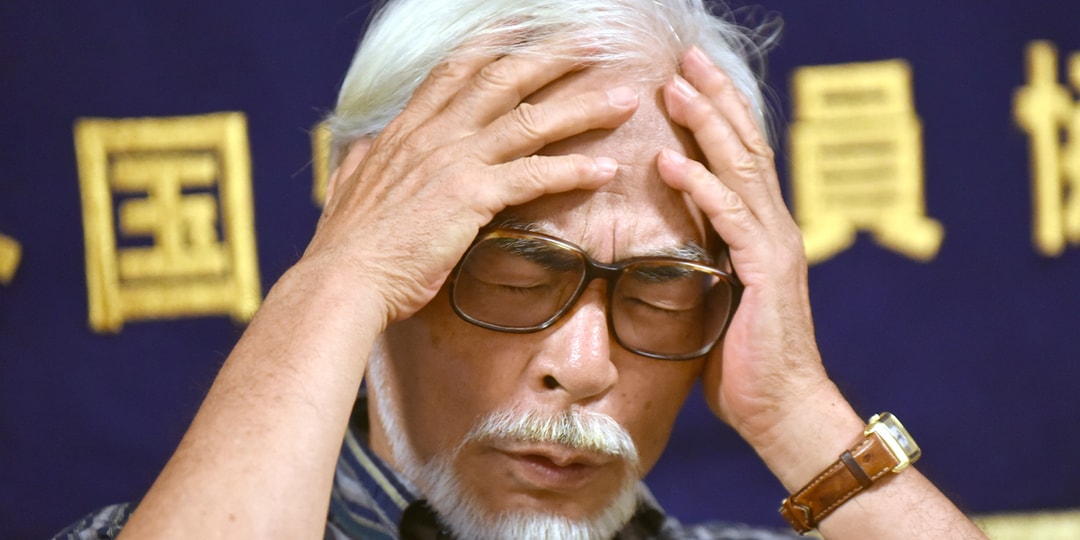WWE's Ambitious Netflix Partnership: Can It Redefine WrestleMania's Future?

By Alex Taylor - Culture Reporter
1 day ago
As the excitement builds for the highly anticipated WrestleMania 41, millions of wrestling fans worldwide are preparing for this annual spectacle that promises to be bigger and bolder than ever. Among them is seven-year-old Oliver, who, during his school holiday, has been waking his father, Paul, at the crack of dawn6:30 AMto eagerly count down the hours until the event begins. This year, the stakes are especially high for Oliver, who will get the chance to enjoy the event live and in real-time thanks to their familys Netflix subscription, which now includes access to WWE's live events. This transformative deal allows Oliver to witness whether John Cena, a 16-time champion recently turned villain, can triumph over Cody Rhodes and earn his place in history as WWE's first 17-time world champion.
The Netflix and WWE partnership is part of a groundbreaking $5 billion (4 billion) deal aimed at streaming WWE's extensive library and major live events globally. For the first time, WrestleMania will be available live on Netflix in several international markets, although fans in the United States will still tune in via NBC's Peacock platform for the time being. This ten-year contract, which began earlier this year, has the potential to connect WWE with an audience of 700 million viewers across the globe. It aligns with WWE Chief Content Officer Paul 'Triple H' Levesque's vision of making wrestling more accessible and relevant to a new generation of fans who primarily consume content through streaming services.
The stakes surrounding WrestleMania are immense. Since its inception in 1985, this iconic event has served as a litmus test not only for WWE's global reach but also for Netflix's aspirations in live sports broadcasting. As wrestling enthusiasts gear up for this monumental showdown, the question remains: will this ambitious alliance prove to be a home run, or will it result in a financial misstep?
Reflecting shifts in consumer viewing habits, the Netflix-WWE deal underscores WWE's intention to ride the wave of streaming's rising popularity. Brandon Thurston, editor of Wrestlenomics, explains that WWE's move towards Netflix is primarily motivated by the desire to be associated with the preeminent player in the streaming domain. Historically, WWE relied on cable pay-per-view, which levied hefty fees of approximately $60 (45) per event. However, in 2014, they launched their own network, reclaiming significant revenue that was previously lost to traditional cable providers, and dropping pay-per-view costs to around $10 (7.50). This strategy has reportedly expanded their audience more than ever before.
The Netflix partnership is seen as an essential step in WWE's plans to reach a broader audience, cultivate international superstars, and enhance their marquee events like WrestleMania, Raw, and Smackdown. Levesque has praised Netflix for its universal accessibility, stating, No matter where you are in the globe, there it is right in front of you. It's one click, and you're on and you're in. This shift is particularly crucial as younger viewers increasingly favor on-demand streaming over traditional television formats.
For young fans like Oliver, the world of wrestling has become more interactive and engaging. Paul, Oliver's father, shared how much their viewing experience has improved since WWE's transition to Netflix. Now that WWE is on Netflix, he watches it probably four times a week. Its his go-to program, Paul explained. Its really opened up a huge door for him. As a dad, I used to be into wrestling when I was his age too, so its wonderful to share that journey with him. The positive impact of this partnership can be seen in the increased engagement metrics; reports indicate that WWE's weekly shows, like Raw, have significantly climbed in popularity among UK viewers since the Netflix launch.
However, the scenario is somewhat different in the US. Earlier in February, Mark Shapiro, a top executive at WWE's parent company TKO, stated that Raw viewership had risen by 13% compared to its previous airing on USA Network, a figure that jumped to 38% when considering the highly promoted debut night. Yet, Thurston's research indicates that since then, viewership numbers have plateaued to the levels seen on USA Network, suggesting that the weekly shows may not be as lucrative as WWE had hoped. Despite this, Netflix is hopeful about future prospects, particularly regarding WrestleMania's global debut, which is already anticipated to set streaming records.
WrestleMania itself has a storied history, conceived by former WWE CEO Vince McMahon over 40 years ago to be a grand spectacle akin to the Super Bowl, interweaving various commercial partnerships and solidifying WWE's presence in popular culture. The inaugural WrestleMania event in 1985 was a lavish affair, heavily promoted through MTV and featuring a star-studded lineup that included Hulk Hogan, Mr. T, pop icon Cyndi Lauper, and even boxing legend Muhammad Ali serving as a referee. McMahon's vision was to unify entertainment forms under the WWE banner, leading to what is now a media empire.
Despite his success, McMahon's tenure ended amid controversy and scandal, which included a sexual harassment lawsuit, prompting discussions about the company's future direction. Since taking over, Levesque has implemented a more collaborative approach, which many believe has revitalized WWE's storytelling. Thurston notes that there is a palpable sense of freshness in WWE's narratives, gender representation has improved, and attendance at live events is on the rise.
The evolution of women's wrestling, in particular, has been significant, with upcoming WrestleMania matches showcasing top female wrestlers like Rhea Ripley and Charlotte Flair. Back in the day, women were just eye candy, said Jonny Pivaral, a longtime fan of wrestling. Now theyre being showcased on the same level as men. This shift underscores WWE's strategy to attract a diverse fan base, as their global initiatives increasingly depend on lucrative fees from cities hosting eventsWrestleMania being a prime example. They want WrestleMania to become like the World Cup or Olympics, where theres a bidding war for hosting rights, Thurston explained, noting that Las Vegas is investing $5 million for this year's event, with cities like London also being considered for future WrestleMania locations.
While this partnership offers WWE an exciting opportunity, one must also consider Netflix's motivations in this venture. James English, a managing partner at the sports and entertainment agency Fuse, argues that Netflix is signaling its intent to dominate the 'sportainment' market. He notes that the WWE streaming deal has significantly contributed to Netflix's surprising financial performance, which reported a 13% revenue growth for the first quarter of 2025. English believes WrestleMania represents a natural evolution in Netflix's strategy to leverage sports to create cultural milestones. This strategy kicked off with the highly publicized influencer boxing match between Mike Tyson and YouTuber Jake Paul, which drew in 60 million households, indicating a strong cross-generational appeal. While Netflix faced technical challenges during its first foray into live sports, these issues were mostly resolved by the time they covered two NFL games on Christmas Day, part of a lucrative three-year deal.


























